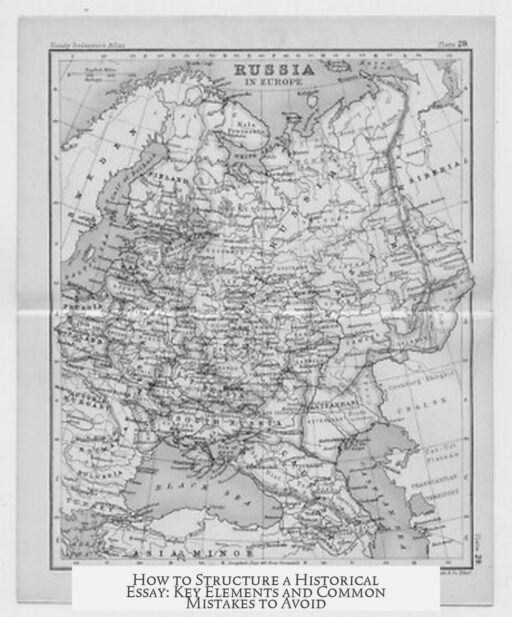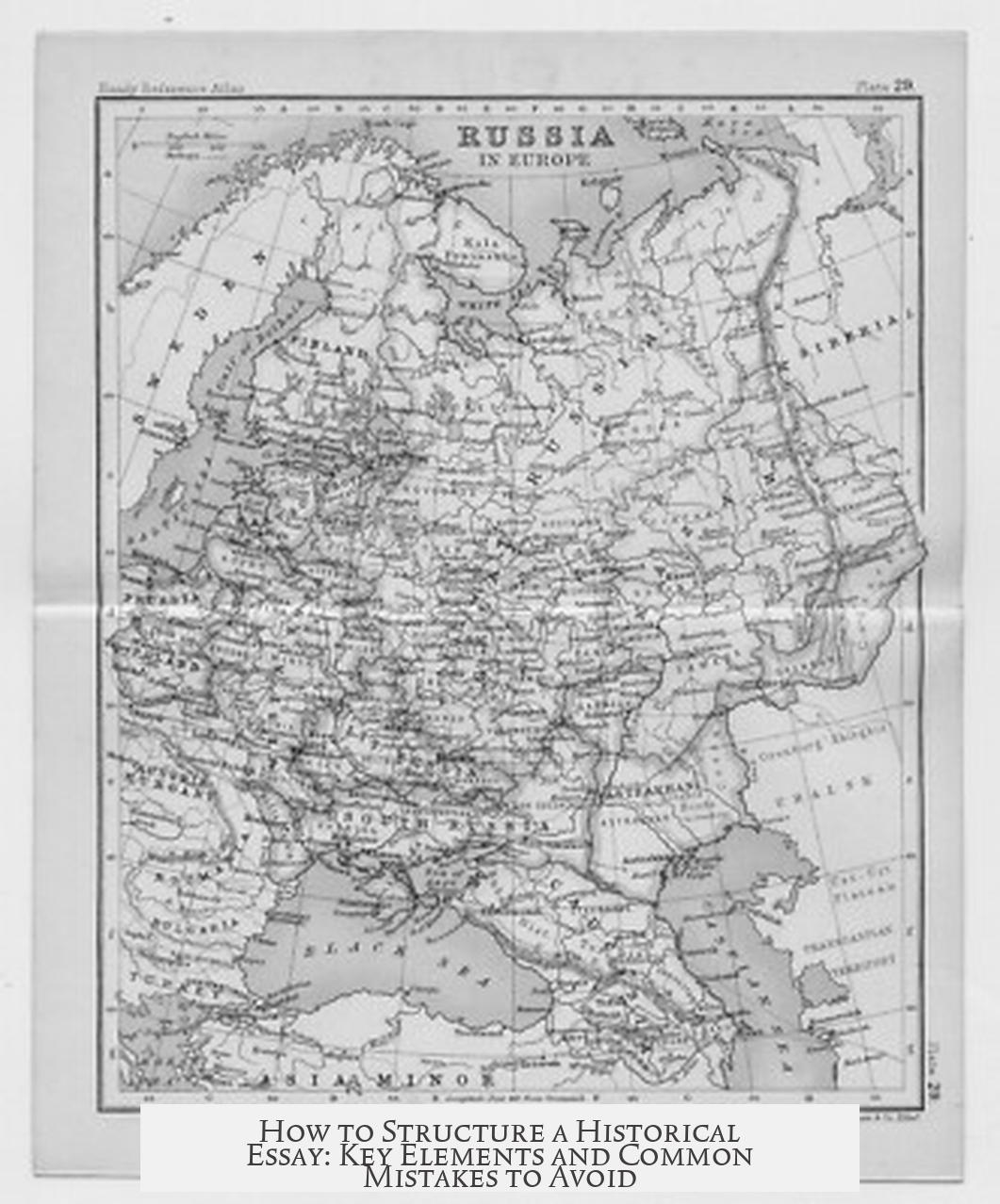Structuring a historical essay involves crafting a clear argument supported by evidence, presented through a well-organized introduction, body, and conclusion. A strong structure ensures your interpretation stands out. History relies on analysis, not just facts, so demonstrating why your view matters is essential.
The first step is to build a concise introduction. This section acts as a roadmap for your essay. It should define the problem you address and outline your conclusion. Also include the steps you will take to reach that conclusion.
This introduction can mention ongoing debates in secondary sources related to your topic. Such references frame your argument among existing scholarly discussions. Writing this section last helps integrate your full argument with precision.
A strict five-paragraph format can work, with the first paragraph previewing the content and argument of the remaining paragraphs. This structure guides the reader on what to expect and limits misinterpretation.
Following the introduction, the main body presents claims supported by evidence. Each paragraph should focus on a single point that relates directly back to the thesis. This is where you use citations and direct quotes to substantiate your claims.
A recommended technique for body paragraphs is PEEL, which stands for:
- Point: State your argument clearly.
- Evidence: Provide relevant data or quotations.
- Explanation: Clarify how the evidence supports your point.
- Link: Connect back to your overall thesis or argument.
Every point promised in the introduction should be fully addressed here. Opinions should be limited to the conclusions drawn from the evidence, keeping personal bias out of the analysis.
The conclusion restates the argument’s main points. It summarizes your findings without introducing new claims. You may suggest areas for further research, but avoid raising unresolved issues that should be discussed in the essay body.
It is important to avoid overly broad hooks or universal claims in introductions. Your audience has a specific interest in your topic, so broad generalizations serve little purpose and may weaken your argument by introducing unnecessary assumptions.
Overall, the key to effective structure is minimizing ambiguity. Do not leave room for multiple interpretations of your argument. Make your reasoning clear and support every claim with solid evidence.
Some historians follow an alternative approach, common in European academic tradition:
- Start by formulating a main research question and a hypothesis.
- Use primary and secondary sources to test the hypothesis before writing.
- Write chapters that provide necessary background, theoretical approaches, and topic-specific analysis.
- Ensure chapters explain and answer questions rather than merely listing facts.
- Your chapter order can be thematic, topical, or methodological instead of chronological.
- Conclude with a summary that synthesizes all findings.
- Finally, write the introduction to describe your methods, question, and findings clearly.
Writing the introduction last ensures it accurately reflects the essay’s content. The introduction, body, and conclusion should echo each other to reinforce your central argument consistently.
| Essay Section | Content Focus | Purpose |
|---|---|---|
| Introduction | Problem statement, argument overview, sequence of points, relevant debates | Set reader expectations and outline your argument |
| Main Body | Evidence-based analysis, structured by points supporting the thesis (PEEL method) | Demonstrate and prove your claims logically |
| Conclusion | Recap argument, summarize findings, suggest further research if needed | Solidify your argument and leave a clear, logical finish |
Key takeaways:
- Craft a clear argument since history is interpretation-based.
- Use the introduction to map your essay’s structure and argument.
- Support every claim with evidence and cite sources properly.
- Follow a logical flow using techniques like PEEL for clarity.
- Avoid broad hooks or universal statements; focus specifically on your topic.
- Conclude by summarizing your argument without introducing new ideas.
- Consider alternative chapter structures for complex topics and write introductions last.
How Do You STRUCTURE a Historical Essay? Unlocking the Secrets Like a Time-Traveling Detective
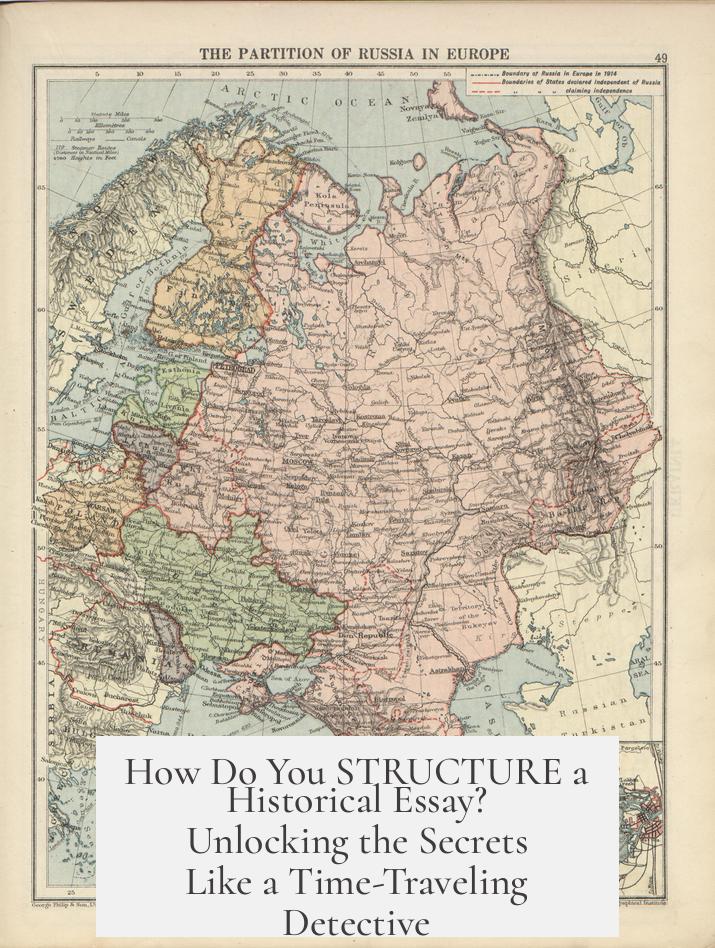
If you’re wondering how to structure a historical essay, the short answer is: you create a clear argument, map it out in your introduction, back it up with evidence in the body, and wrap it up by recapping your points in the conclusion. But where’s the fun in stopping there? Let’s dive deeper and unpack this like a pro historian crafting a masterpiece—minus the powdered wig and quill.
Start Strong: Crafting Your Argument Like a Boss
First things first, every great historical essay is built around an argument. You’re not just listing facts like a history trivia game winner; you’re interpreting the past. History isn’t a simple “this happened, then that happened” story. Instead, it’s a complex puzzle where cause and consequence spark debate.
Your argument is your answer to a historical question or problem. It says, “Here’s what I think happened, and here’s why.” Because historians don’t deal in black-and-white proof—more like shades of gray—you need to persuade your readers that your take is the one to trust. Imagine yourself as a lawyer of the past, presenting a carefully reasoned case. That’s the real job.
Introduction: Your Roadmap (Without the GPS Glitches)
Think of your introduction as your essay’s GPS. You tell your reader where you are heading and the stops you’ll make along the way. It should include:
- The problem or question your essay tackles
- Your hypothesis or conclusion—spoiler alert, but necessary
- A quick preview of the main steps or points supporting your argument
Side note: That grand “hook” you learned in high school—**drop it**. In history essays, your readers (usually your teacher or professor) already care about the subject. They don’t need you to open with a universal truth like “History repeats itself.” Trust me, it’s overdone and usually unhelpful.
And here’s a insider tip: write the introduction last. Yes, flipping the usual order. Why? Because knowing exactly what you’ve argued and how you did it makes it easier to lay out a precise and powerful introduction. It’s like writing the movie trailer after you’ve filmed the whole thing.
The Body: Where Evidence and Historical Magic Happen
The essay’s bulk is where you unpack your argument, point by point, lined up neatly and supported by solid evidence. This isn’t your opinion diary. This is where you bring in the cavalry: quotes, citations, dates, and facts. Each claim must be backed by reliable sources.
Use the PEEL technique to keep your paragraphs clean and persuasive:
- P (Point): What’s your main idea or claim in this paragraph?
- E (Evidence): Offer precise quotes, documents, or data.
- E (Explanation): Spell out how this evidence supports your point.
- L (Link): Connect back to your essay’s overall argument.
Don’t stray off-topic. If your introduction promised to discuss three key points, the body better deliver on all three—and nothing random. Your essay should have a tight focus, not a buffet of unrelated historical tidbits.
Conclusion: The Encore Performance
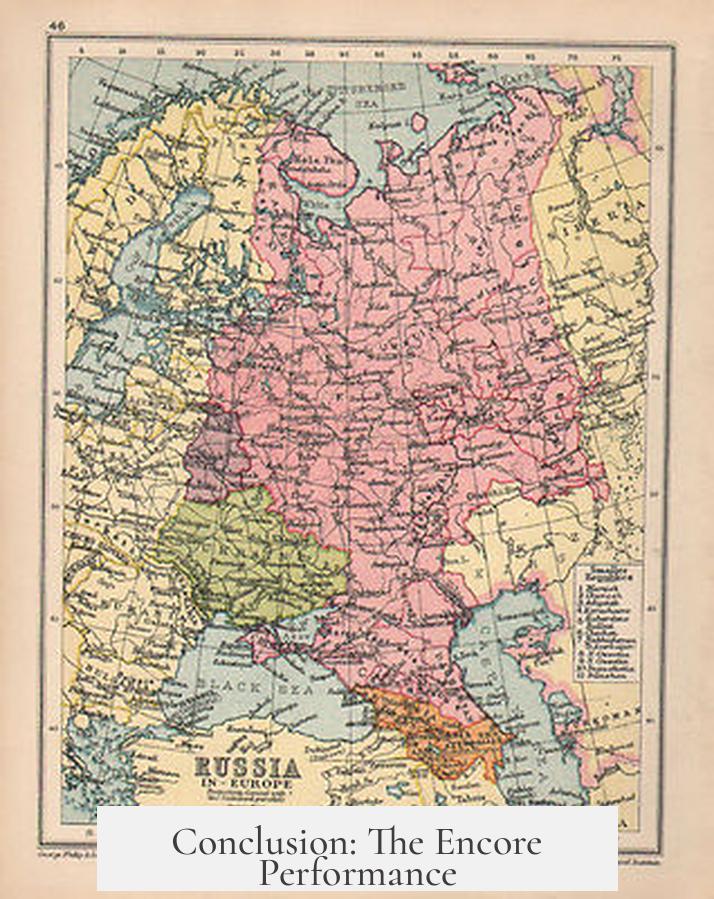
Your conclusion is not a space for new puzzles or mystery questions. Instead, recap the argument you’ve laid out. Remind the reader of the key points and how they backed your thesis. It’s the final bow and the moment to show that your historical detective work has answered the big question.
Don’t Do This: Common Mistakes to Dodge Like a Time Paradox
- Skip the Hook: Your audience already cares. No need for broad generalities or dramatic openings about “the dawn of civilization.”
- Ground Opinions in Evidence: Having a personal take is great, but it must be backed by facts. You can’t just guess and call it your “opinion.”
- Quote Smartly: Don’t drop quotes like they’re mic drops. Explain why a quote matters—what should your reader notice?
- Paraphrase Carefully: Get your facts right. Don’t twist what a source says. Misinterpretations kill credibility faster than a history teacher’s red pen.
Want an Alternative? The European Tradition of Historical Essay Structure
If traditional 5-paragraph essays feel like a straitjacket, try a more flexible European approach. This method is especially useful for longer, research-heavy essays or theses:
- Start with your research question. What’s the big puzzle you want to solve?
- Develop a hypothesis. Your educated guess to answer the question.
- Use primary and secondary sources to support or reject your hypothesis.
- Structure your essay into chapters: One early chapter sets up your question and context. Another explores your theory or method. Multiple chapters analyze different aspects of your topic, answering key questions and interpreting evidence in detail.
- Finish with a conclusion. Summarize findings clearly. Resist the urge to toss in new questions. Suggesting future research is fine.
- Write the introduction last. It should mirror the content and effectively preview what’s inside.
This flexible format helps you organize complex arguments and data without feeling boxed into five uniform paragraphs.
Putting It All Together: Why Structure Matters More Than You Think
Good structure isn’t just about following rules. It’s about making your work easy to follow, persuasive, and professional. A well-structured historical essay:
- Helps readers grasp your argument and follow your evidence without confusion
- Shows you understand the topic deeply and respect academic standards
- Strengthens your credibility by presenting a clear, logical case
- Prepares you, the writer, to think clearly and argue effectively
Imagine trying to convince someone that the French Revolution was a turning point without organizing your thoughts or citing evidence systematically. It wouldn’t work. But with a roadmap, strong argument, solid support, and a neat wrap-up? Score!
Practical Tips for Writers on the Historical Essay Journey
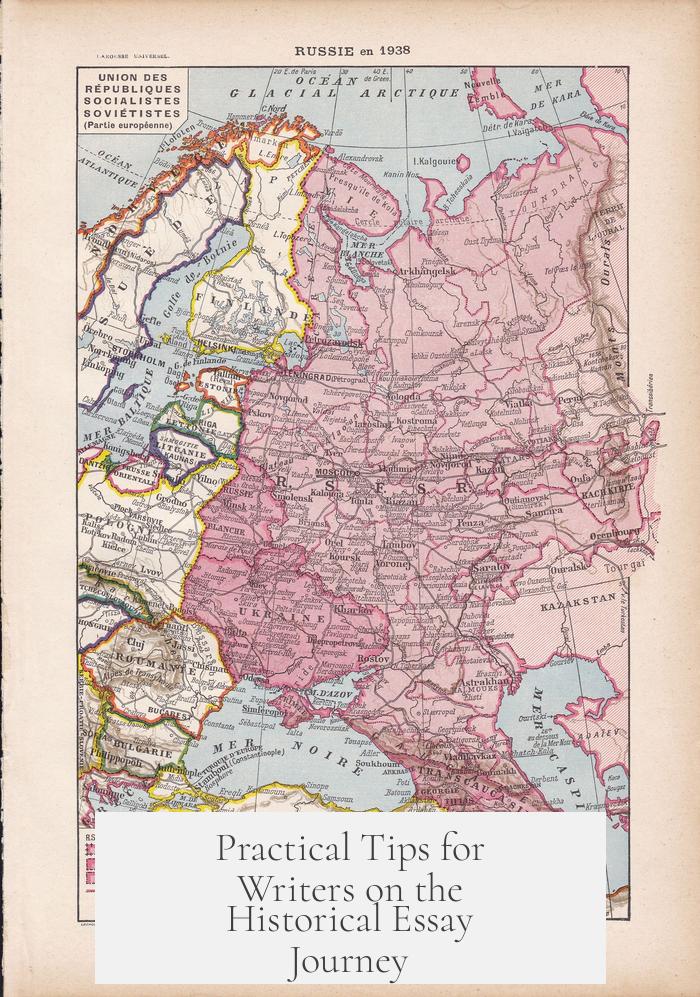
- Outline Before Writing: Sketch your argument and key points. Know what each paragraph will prove.
- Gather Sources Early: Identify crucial quotes and references to back every claim.
- Keep Sentences Focused: Short and clear beats long and confusing any day.
- Revise the Introduction Last: It should reflect what you actually wrote, not what you planned.
- Use Footnotes or Citations Seriously: They’re not ornaments—they’re your proof.
- Don’t Sweat the “Hook”: You’re not writing a thriller opening—just state your thesis clearly.
In Closing: You’re the Time-Traveling Storyteller
Structuring a historical essay is like unfolding a story that convinces your reader of a particular view of the past. You start with a clear argument, preview it, prove it, and then remind readers why it matters. That’s the secret recipe. It calls for thoughtful planning, honest use of evidence, and a confident voice. So the next time you stare at that blank page, just remember: you’re not just writing history—you’re staging an argument that time can’t ignore.
